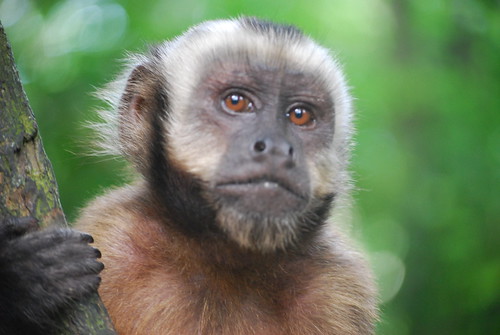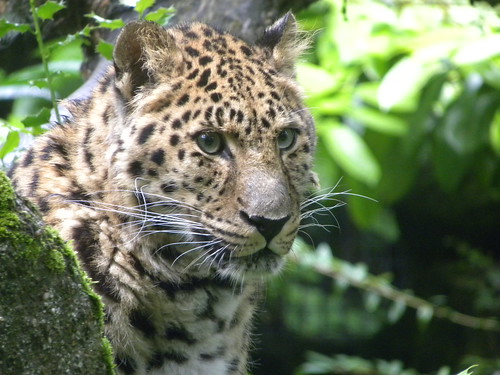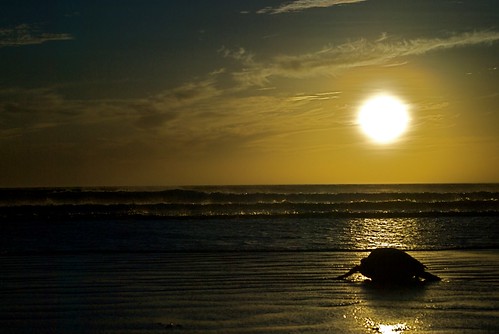4 Places To Go To See Endangered Species Before They’re Gone | #travel #wildlife
At the start of this year, the Fish and Wildlife Services claimed 2,054 animal species around the world are considered endangered or threatened. Here are some of the best places to meet some of the planet’s rarest creatures while you still can.
Enjoy Amazon Rainforest’s Animals in Brazil

Image via Flickr by Mlinaric
The Amazon Rainforest is home to more than a third of the world’s animal species, but deforestation puts many of these species at risk. We might have lost more than 17 percent of the forest in the last century, but it’s still an expansive space spanning eight countries, or roughly the same area as the United States. It would be impossible to see it all, but travelers will see the most wildlife in the concentrated Brazilian region.
This part of the forest is home to the critically endangered black-faced and golden-rumped lion tamarins, the capuchin monkeys, the imposing giant armadillos, and many more rare creatures. This is also the only place in you’ll find maned three-toed sloths, and buffy-headed and white-eared marmosets, in the wild.
Travel prices soar when the weather is warmest from December until Carnival in February. Bargain hunters can enjoy cheap air fares and accommodation during the winter months.
See Rare Amur Leopards and Tigers at Amur-Heilong

Image via Flickr by Tim Strater
Big cats don’t just live in the wilds of Africa. Some of the world’s rarest felines gather along the Amur-Heilong, a river winding through Russia, Siberia, Mongolia, and China.
With a rumoured wild population of between 30 and 40, you’ll consider yourself lucky to spot an Amur leopard. You may have better fortune with the native Amur or Siberian tiger, the world’s biggest cat. Make sure you keep your distance if you spot one of the 400 to 500 living in the birch forests near the Amur-Heilong.
Find Rare Javan Rhinos at Indonesia’s Ujung Kulon National Park
Ujung Kulon National Park, at the western tip of the Indonesian island of Java, is the only place on the planet home to the rare Javan rhinoceros. With a population of between 40 and 60, this majestic creature is the rarest of the world’s rhino species. These swamp-loving beasts are protected in the national park after poachers hunted the species into near extinction for its horn. However with gestation taking some 16 months, and mothers having their babies at around four to five years apart, it’s feared this small breeding population may be unable to save their species.
Help Leatherback Sea Turtles in Costa Rica

Image via Flickr by Fernando Silva
Leatherback sea turtles might be the largest of their species, but that doesn’t make them immune from threats. Humans often steal their eggs and hunt them illegally. Their beachside nests have also been lost due to erosion caused by global warming. In 1982, some 115,000 adult female leatherbacks happily swam in our oceans. Today it’s thought there are as few as 2,300 adult females.
Passionate nature lovers can do more than simply observe these scarce marine creatures in Costa Rica. The non-profit organization Earthwatch encourages passionate travelers to stay at its Goldring-Gund Marine Biology Field Station in the Guancaste Province. From this base, volunteers assist new hatchlings on their treacherous journey to the sea.
If you care about these creatures remember that wildlife tourism generates vital funds which assist conversation efforts. Visiting these endangered animals may give them their best chance for survival.
Guest Contributor Amanda Brown is a freelance writer whom enjoys playing and coaching volleyball. She loves her friends and family including her dog, Charlie; as well as traveling all around the world.
